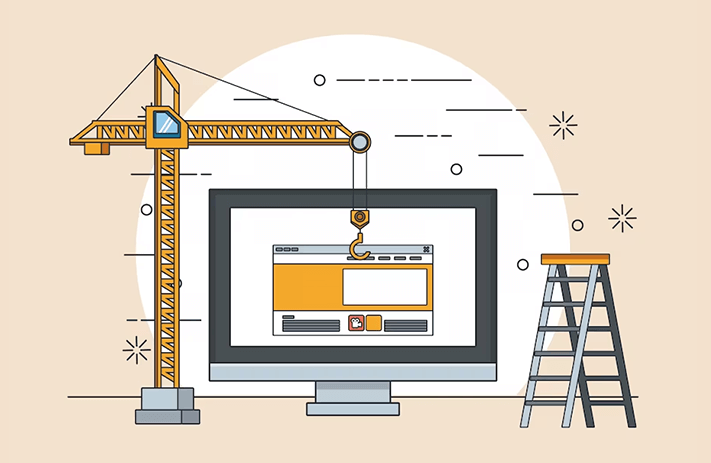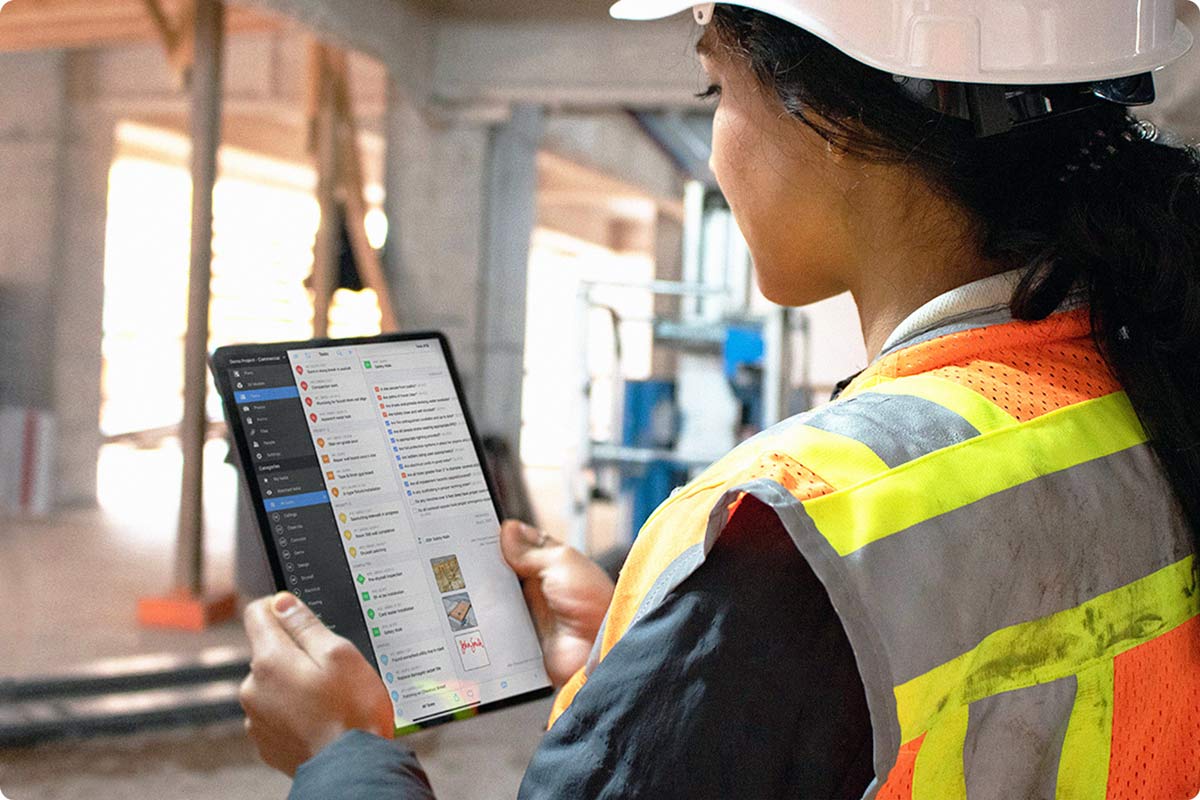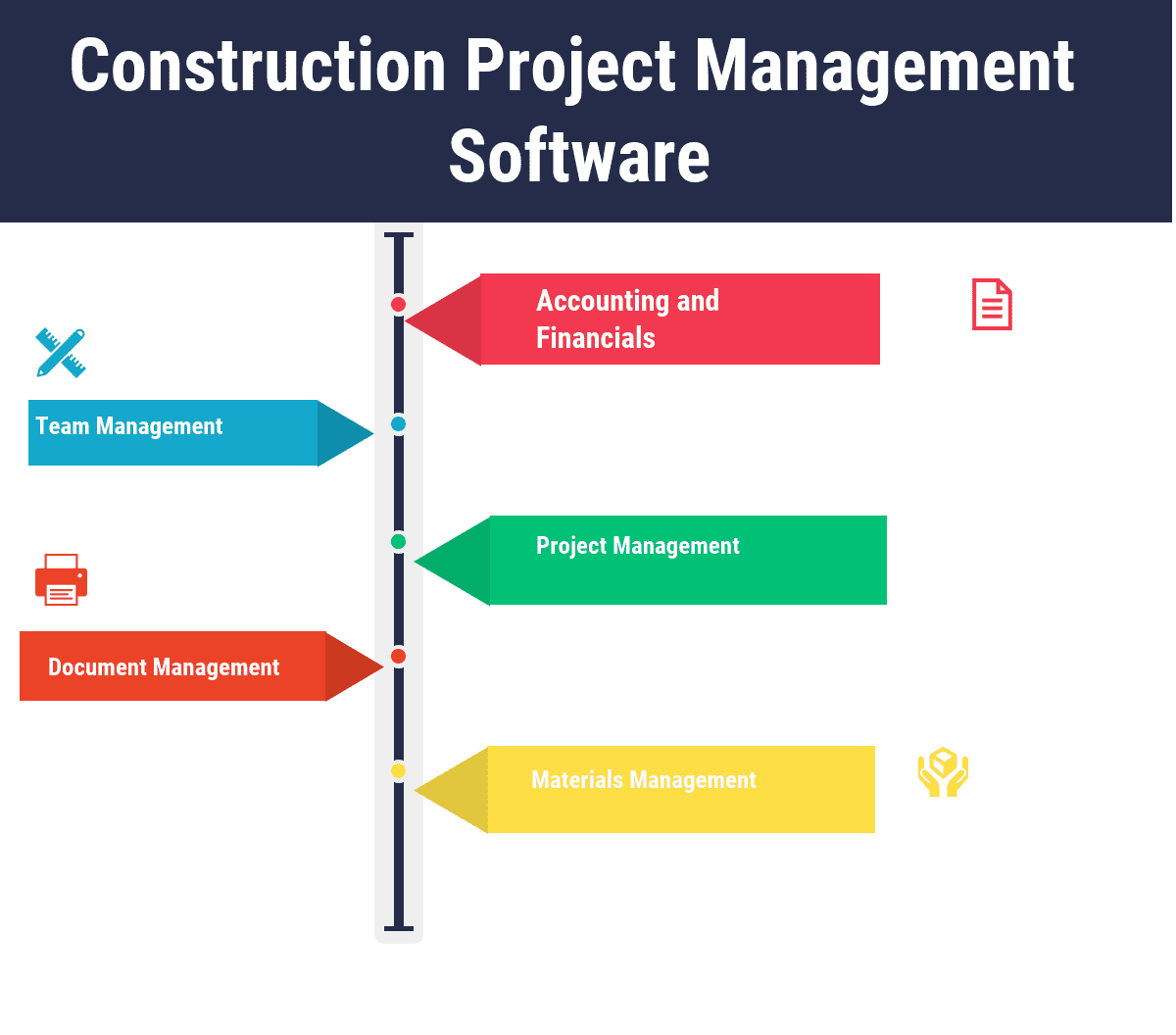Construction Software for Effective Project Planning and Implementation
Construction Software for Effective Project Planning and Implementation
Blog Article
Advanced Building And Construction Administration Software: Enhancing Productivity and Cooperation in the Sector
In an industry where accuracy and effectiveness are paramount, the combination of innovative building management software has actually transformed the means tasks are prepared, executed, and checked. The usage of innovative technology has not only structured processes yet also promoted boosted collaboration among stakeholders. By supplying real-time job monitoring capabilities, enhanced source appropriation features, and seamless interaction platforms, these software application options have actually become vital devices for building and construction experts intending to boost their performance and foster stronger teamwork. The impact of these innovations on job results and sector criteria is obvious, motivating a change towards a much more tech-savvy and interconnected building and construction landscape.
Advantages of Advanced Building Software Application
The usage of innovative building software program dramatically enhances effectiveness and project results within the construction market. Via features like automated scheduling, real-time cooperation tools, and information analytics, project managers can a lot more effectively plan, track, and display task development.
In addition, progressed construction software application aids enhance interaction and partnership amongst task stakeholders. With centralized platforms for sharing job records, tracking changes, and communicating updates, teams can work a lot more cohesively in the direction of common project goals. This promotes much better decision-making, reduces the probability of mistakes, and boosts overall project quality.
Moreover, progressed building and construction software program offers insights through information analytics that can help identify trends, optimize processes, and mitigate risks. By leveraging data-driven intelligence, building business can make more educated decisions, adapt to changing project characteristics, and ultimately drive far better task results. Generally, the advantages of sophisticated building software program are instrumental in boosting performance, cooperation, and job success within the building market.
Real-Time Job Tracking Capabilities
With the smooth combination of real-time job tracking capacities, building teams can efficiently monitor progression, boost decision-making, and make sure project timelines are met. Real-time job tracking permits stakeholders to accessibility updated details on numerous aspects of the construction task, including job conclusion status, source allowance, and prospective traffic jams. This degree of transparency cultivates partnership amongst staff member, subcontractors, and customers, resulting in improved interaction and quicker problem resolution.
In addition, real-time job tracking gives project supervisors with the required information to make educated choices immediately. By having instant accessibility to key efficiency indicators and job metrics, supervisors can determine issues beforehand, execute rehabilitative steps, and maximize project workflows. This aggressive method aids in avoiding hold-ups, reducing expenses, and eventually enhancing total project effectiveness.

Boosted Resource Allotment Functions
Making use of advanced resource allowance devices streamlines building job administration processes and optimizes labor force efficiency. These attributes allow project managers to designate tasks, devices, and products with precision, guaranteeing that resources are used effectively (construction mangement software). By having a centralized platform that offers real-time visibility into resource availability and requirements, building teams can make educated decisions promptly, preventing delays and expense overruns
Boosted discover here source allocation features additionally help with far better collaboration amongst staff member. With clear assignments and clear source distribution, every individual recognizes their role and responsibilities, cultivating team effort and responsibility. This leads to boosted interaction and coordination, ultimately boosting efficiency and project end results.

Improved Interaction Platforms
Enhancing communication platforms in building administration software substantially improves task sychronisation and performance. By integrating features such as real-time messaging, documents sharing, and task projects, groups can work together seamlessly despite their physical areas. With enhanced interaction platforms, stakeholders can get instant updates, share crucial documents, and talk about task details immediately, resulting in quicker decision-making procedures.
Furthermore, these sophisticated interaction devices permit far better openness and responsibility within building and construction projects. Staff member can track progression, offer responses, and address issues immediately, fostering a much more collective and effective work environment. Furthermore, having actually centralized communication networks within the construction administration software application minimizes the danger of miscommunication and ensures that all employee are on the exact same web page.
Simplifying Operations for Efficiency
Effective process enhancing is critical in optimizing productivity within construction management software application systems. By carrying out structured process, building and construction firms can get rid of traffic jams, minimize errors, and make certain that projects progress efficiently from beginning to end up. One means to accomplish this is by automating repeated tasks such as project scheduling, resource allocation, and progress monitoring. Automation not just saves time however also minimizes the threat of human mistake, causing much more efficient project distribution. evolve construction.
Additionally, incorporating different facets of job monitoring, such as budgeting, paper management, and interaction, into a solitary system can additionally simplify process. This integration permits real-time partnership and information sharing among staff member, removing the need for hand-operated data entrance click to read and guaranteeing that everyone is working with one of the most up-to-date details.

Verdict
In final thought, progressed construction management software provides many you can try this out benefits such as real-time task tracking, boosted resource appropriation, boosted communication systems, and streamlined process. On the whole, advanced building and construction software program plays a vital function in enhancing effectiveness and success in construction jobs.
Report this page